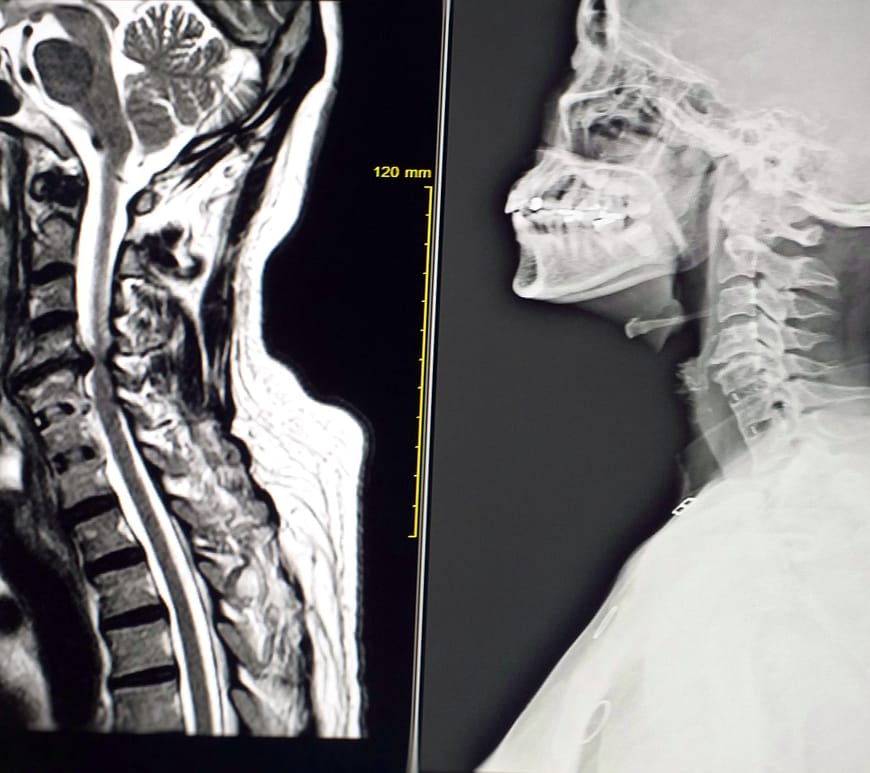
Unraveling the Enigma: Rare Brown-Sequard Syndrome Arising from Cervical Disc Herniation
Brown-Sequard Syndrome, as delineated in 1849 by Brown-Se´quard CE, emanates from trauma inflicted upon the anatomical hemicord. This trauma precipitates disruption of the descending lateral corticospinal tracts, the ascending dorsal columns (both of which decussate in the medulla), and the ascending lateral spinothalamic tracts, which intersect within one or two levels of the dorsal root entry. While total hemisection, evoking the hallmark clinical features of … Continue reading Unraveling the Enigma: Rare Brown-Sequard Syndrome Arising from Cervical Disc Herniation


